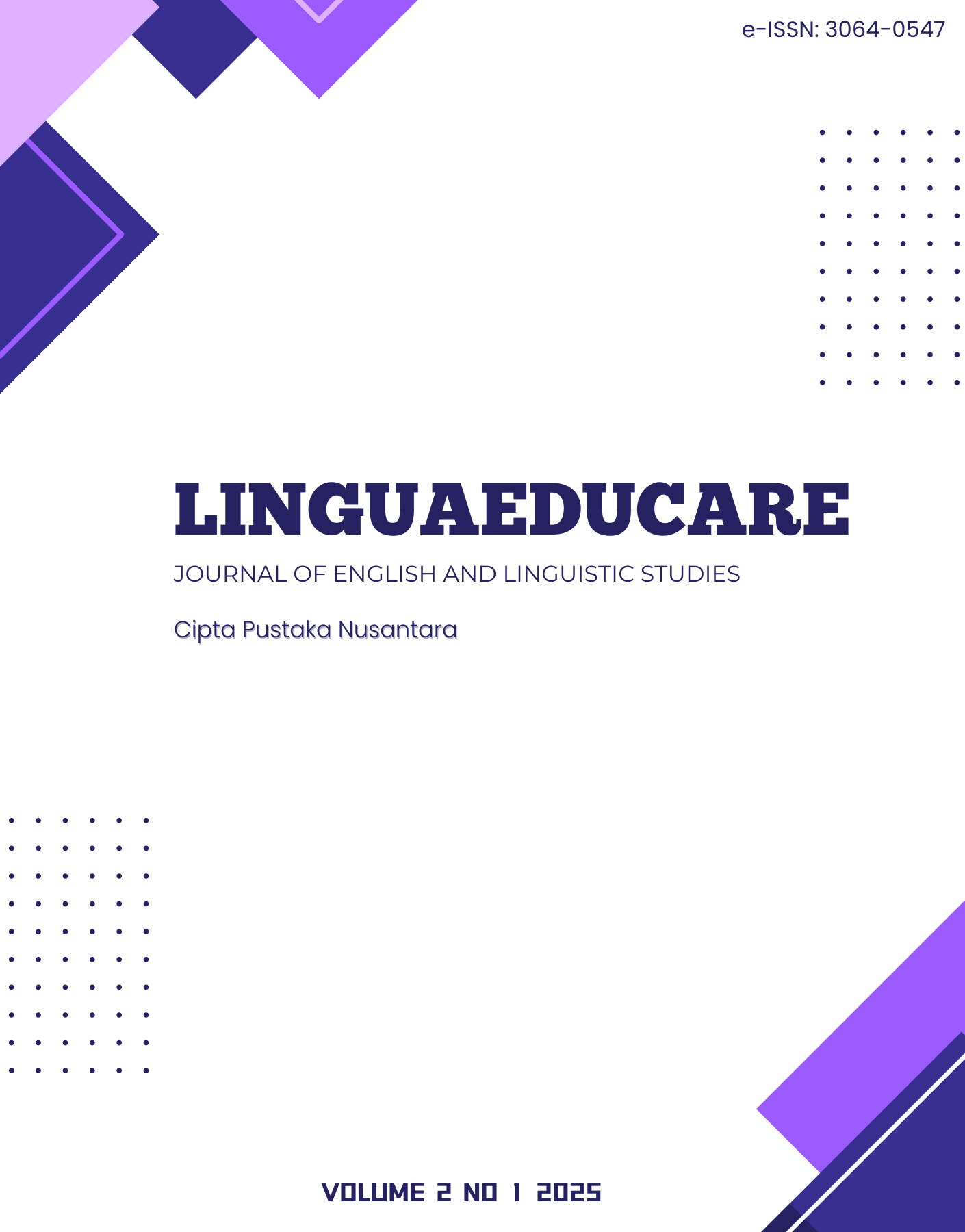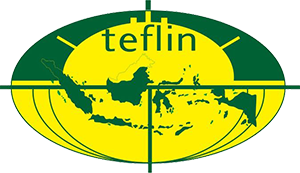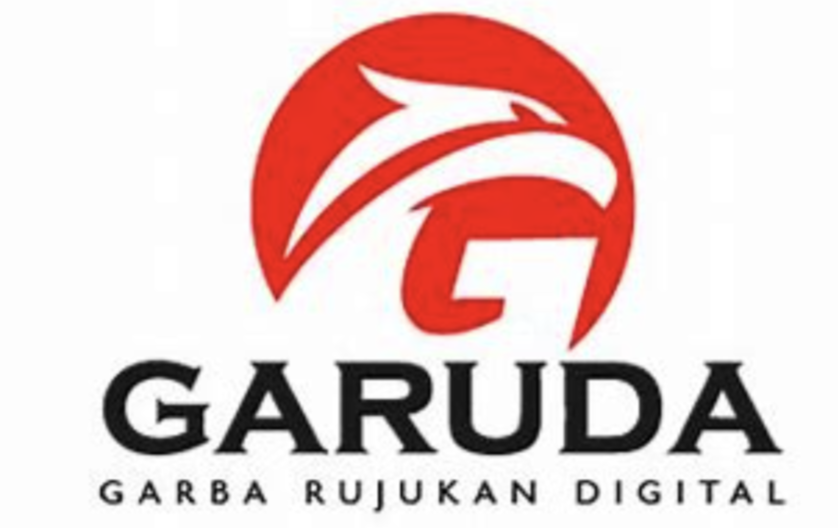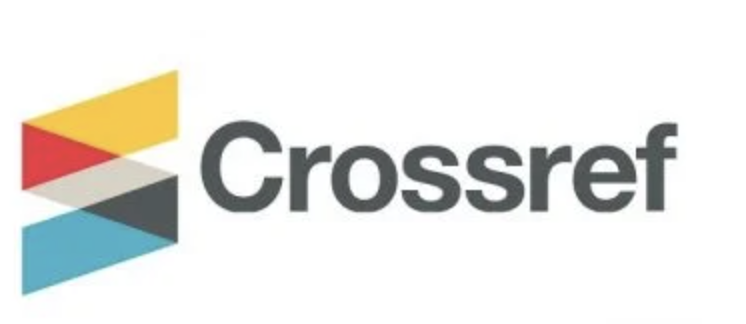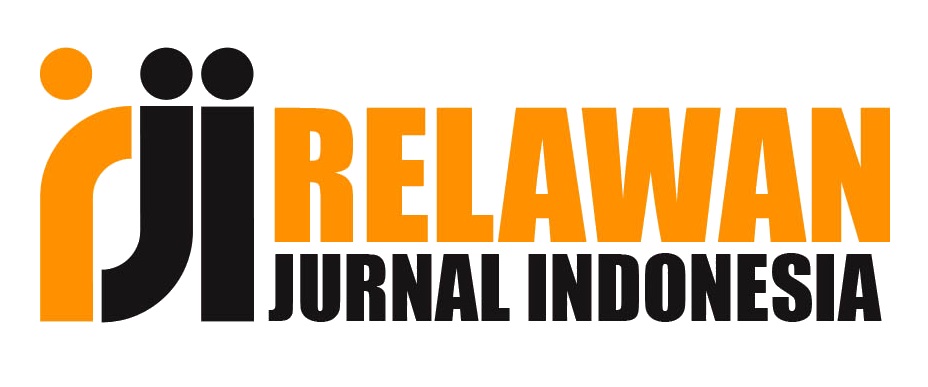The Intersection of Generative AI and Applied Linguistics in Modern Marketing & Advertising Practices
DOI:
https://doi.org/10.63324/3vbkft90Keywords:
Advertising Practice, Applied Linguistic, Generative AI, Modern MarketingAbstract
This study explores the intersection of generative AI and applied linguistics in modern marketing and advertising. Generative AI has revolutionized content creation by enabling hyper-personalization, optimizing audience engagement, and improving linguistic adaptability. Using a qualitative research methodology, this study employs content analysis and case studies to examine AI-driven marketing strategies, their implications on consumer behavior, and the ethical considerations surrounding automated content generation. While AI offers efficiency and innovation, challenges such as linguistic biases and ethical transparency persist. The study highlights advancements in natural language processing, the role of AI in shaping persuasive messaging, and the necessity for responsible AI implementation. Through an in-depth analysis, the research underscores the need for continued development in AI-human linguistic collaboration, ensuring inclusivity and authenticity in AI-generated marketing. Future prospects include the integration of multimodal AI, creating more immersive and interactive marketing experiences. The findings contribute to a deeper understanding of AI’s role in marketing, offering insights into its evolving impact on advertising communication and consumer interaction.
References
Alaqlobi, O., Alduais, A., Qasem, F., & Alasmari, M. (2024). A SWOT analysis of generative AI in applied linguistics: Leveraging strengths, addressing weaknesses, seizing opportunities, and mitigating threats. F1000Research, 13, 1040. https://f1000research.com/articles/13-1040
Bhattarai, A. (2023). Exploring customer engagement through generative AI innovative strategies in digital marketing campaigns. Quarterly Journal of Emerging Technologies and Innovations, 8(12), 1–9. https://vectoral.org/index.php/QJETI/article/view/51
Carbajal-Carrera, B. (2024). AIsplaining: Generative AI explains linguistic identities to me. Australian Review of Applied Linguistics, 47(3), 340–365. https://doi.org/10.1075/aral.24077.car
Chakraborty, U., Roy, S., & Kumar, S. (2023). Rise of generative AI and ChatGPT: Understand how generative AI and ChatGPT are transforming and reshaping the business world (English edition). BPB Publications.
Cronin, I. (2024). Advanced applications of text-based generative AI. In Understanding generative AI business applications: A guide to technical principles and real-world applications (pp. 97–111). Apress.
Fairclough, N. (2003). Analysing discourse: Textual analysis for social research. Routledge.
Halliday, M. A. K., & Matthiessen, C. M. I. M. (2014). An introduction to functional grammar (4th ed.). Routledge.
Hastomo, T., Sari, A. S., Widiati, U., Ivone, F. M., Zen, E. L., & Andianto, A. (2025). Exploring EFL teachers’ strategies in employing AI chatbots in writing instruction to enhance student engagement. World Journal of English Language, 15(7), 93–102. https://doi.org/10.5430/wjel.v15n7p93
Huh, J., Nelson, M. R., & Russell, C. A. (2023). ChatGPT, AI advertising, and advertising research and education. Journal of Advertising, 52(4), 477–482. https://experts.umn.edu/en/publications/chatgpt-ai-advertising-and-advertising-research-and-education
Karimova, G. Z., Kim, Y. D., & Shirkhanbeik, A. (2025). Poietic symbiosis or algorithmic subjugation: Generative AI technology in marketing communications education. Education and Information Technologies, 30, 2185–2209. https://doi.org/10.1007/s10639-024-12877-8
Kumar, V., Kotler, P., Gupta, S., & Rajan, B. (2024). Generative AI in marketing: Promises, perils, and public policy implications. Journal of Public Policy & Marketing, 0(0). https://doi.org/10.1177/07439156241286499
Lim, C. V., Zhu, Y.-P., Omar, M., & Park, H.-W. (2024). Decoding the relationship of artificial intelligence, advertising, and generative models. Digital, 4(1), 244–270. https://doi.org/10.3390/digital4010013
Mandasari, B., Basthomi, Y., Hastomo, T., Afrianto, Hamzah, I., & Aminatun, D. (2025). The snapshots of Indonesian pre-service English teachers’ perspectives on integrating technology-based tools to rural schools. Voices of English Language Education Society, 9(1), 42–57. https://doi.org/10.29408/veles.v9i1.27965
Oktarin, I. B., Saputri, M. E. E., Magdalena, B., Hastomo, T., & Maximilian, A. (2024). Leveraging ChatGPT to enhance students’ writing skills, engagement, and feedback literacy. Edelweiss Applied Science and Technology, 8(4), 2306–2319. https://doi.org/10.55214/25768484.v8i4.1600
Pagani, M., & Wind, Y. (2024). Unlocking marketing creativity using artificial intelligence. Journal of Interactive Marketing, 60(1), 1–24. https://doi.org/10.1177/10949968241265855 (Original work published 2025)
Skubis, I., & Kołodziejczyk, D. (2024). Human vs ChatGPT – Language of advertising in beauty products advertisements. CRC Press. https://doi.org/10.1201/9781003566441
Vajjala, S. (2024). Generative artificial intelligence and applied linguistics. JALT Journal, 46(1), 55–76. https://doi.org/10.37546/JALTJJ46.1-3

